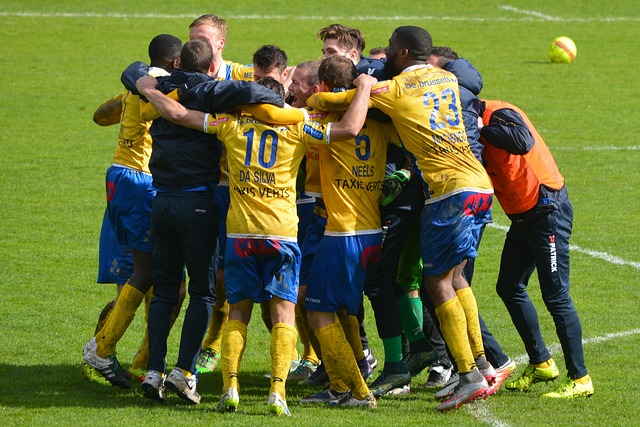Loyalty programs are standard in gambling platforms, but their actual value is often misunderstood—or worse, mismeasured. Offering points, perks, or tier rewards feels like retention, but without tight controls and clear metrics, it’s just giving margin away.
This post explains how to calculate the return on investment (ROI) of loyalty programs, what inputs matter, and how to design perks that support sustainable growth.
What Loyalty ROI Actually Measures
Loyalty ROI answers one key question:
For every dollar (or unit of value) we give in perks, how much more revenue do we generate?
It’s not just about whether users feel rewarded. It’s about whether the program:
- Increases deposit frequency or size
- Extends player lifetime
- Reduces churn or inactivity
- Drives up-funnel engagement (e.g., referrals, game discovery)
The mistake many platforms make is treating loyalty spend like a fixed cost instead of a performance investment.
Key Metrics and Inputs
To calculate loyalty ROI, start with a simple formula:
ROI = (Incremental Revenue – Loyalty Cost) / Loyalty Cost
You need three core inputs:
- Loyalty Cost: Total cost of points, perks, cashback, comps, etc.
- Incremental Revenue: Revenue from loyalty users above baseline
- Baseline Revenue: What those users would likely spend without loyalty perks
Breakdown Table: What to Track
| Metric | Definition | Why It Matters |
|---|---|---|
| Loyalty Cost | Total dollar value of perks | Core input for ROI |
| Tiered Player Revenue | Per-segment revenue over time | Measures loyalty impact |
| Retention Rate Uplift | % change in player lifespan | Tracks churn improvement |
| Frequency Delta | Change in logins, deposits, or bets | Signals behavioral shift |
| Reward Efficiency | Cost per $1 in incremental revenue | Identifies over-rewarding |
If you’re not tracking uplift, you’re not measuring ROI—you’re just assuming it.
Designing for ROI: Not Just Gratitude

Loyalty programs should drive measurable behavior change, not just sentiment.
Rules of Thumb:
- Give perks after behavior, not before (e.g., post-deposit, not pre-deposit)
- Tie rewards to margins, not just volume (e.g., slots > low-edge table games)
- Segment tiers aggressively: Casual users vs. grinders need different hooks
- Use expiring perks: Force usage cycles to limit hoarding and increase logins
Example: Cashback vs. Tier Perks
| Reward Type | Best For | Risk | ROI Control |
|---|---|---|---|
| Cashback (flat %) | High-frequency bettors | Abuse via rinse cycles | Low |
| Tier Perks | Long-term loyal players | Perceived unfairness | Moderate |
| Event-Based | Inactive/reactivation | Low engagement | High (if targeted) |
Common Pitfalls That Kill ROI
- Over-rewarding top players who would’ve stayed anyway
- Rewarding low-margin activity (e.g., sportsbook arbitrage, bonus abuse)
- No sunset policy on perks—users rack up points but never return
- Ignoring breakage: If points go unused, they’re a liability or an illusion
Build loyalty spend into your margin model, not on top of it. If a program breaks even, it’s not working—it’s standing still.
How to Monitor and Adjust

Loyalty ROI isn’t static. You need to adjust quarterly—or even monthly—based on real usage.
Checklist for Regular Review
- ✅ Track perk utilization rates vs. eligibility
- ✅ Measure uplift against matched control groups (A/B or synthetic cohort)
- ✅ Audit top-tier users for cost vs. net revenue
- ✅ Sunset underperforming perks and test alternates
- ✅ Align loyalty tracking with CRM and responsible gaming tools
If you’re not sure what a perk is doing, pause it. If a perk is doing too much, cap it.
Final Takeaway: Loyalty Is Not a Free Gift
True loyalty ROI comes from behavioral lift, not just player smiles. That means tying rewards to actions that improve your margin and player value—while monitoring performance with the same rigor you’d apply to acquisition spend.
Design smarter. Track tighter. Adjust often.
